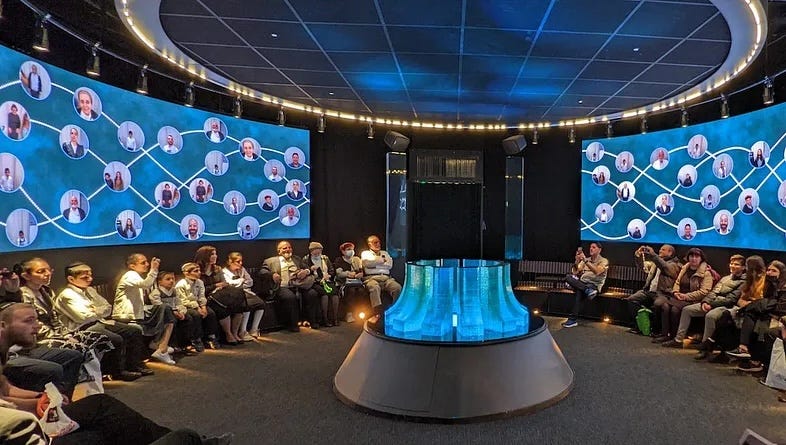Learning Environments
Learning to Learn: Module 5
Don’t assume that all learning has to take place in the classroom. ‘Open learning’ and ‘distance learning’ widen the choice of learning environments and, of course, we all learn as we go about our daily lives.
Objectives
When you have completed this module, you will be able to:
List at least six different learning environments, and
state the advantages and disadvantages of these environments.
All Learning Pages subscribers can complete this module here until the end of the year.


